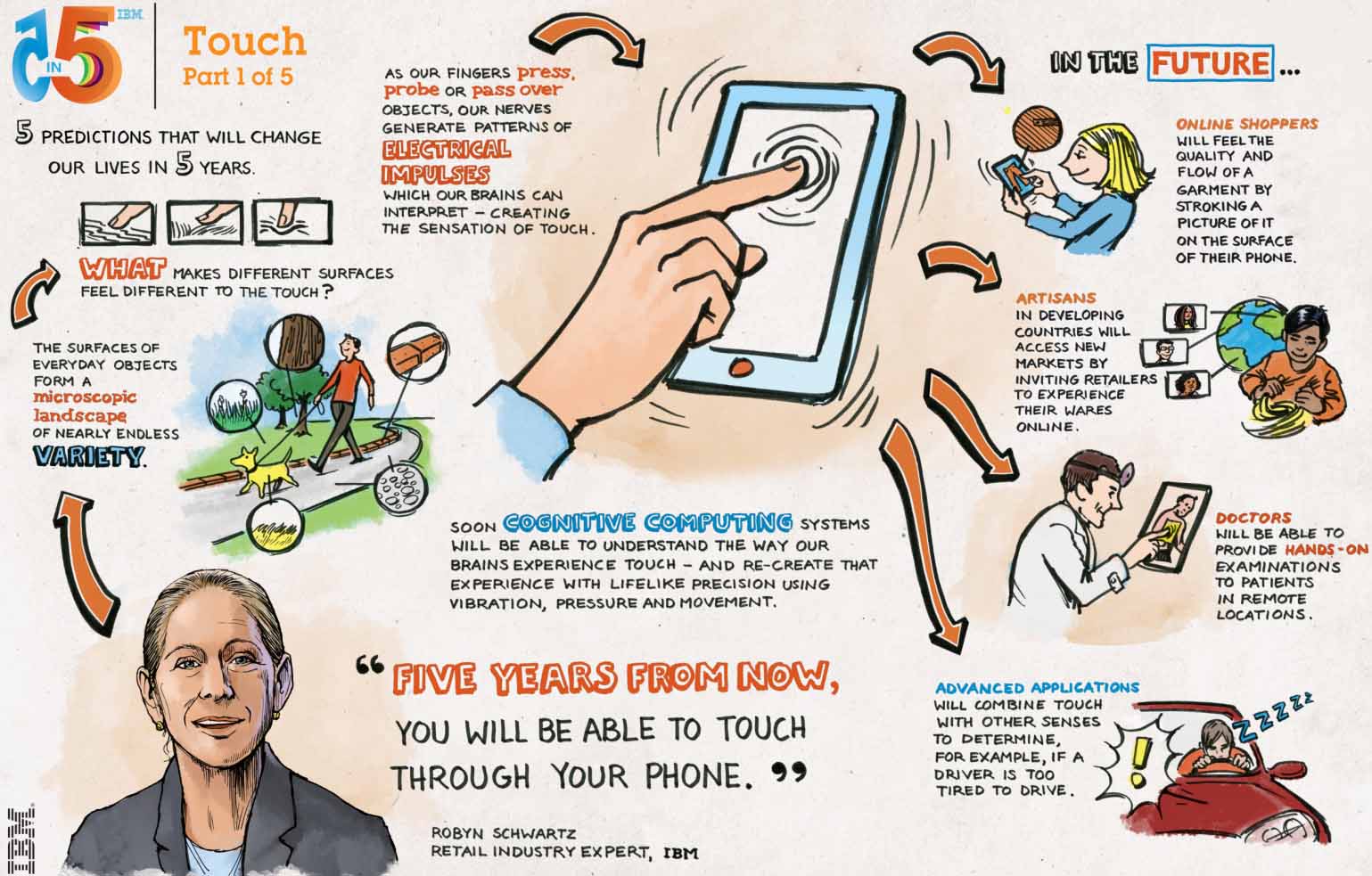Top story
IBM reveals five innovations that will change our lives within five years
December 18, 2012

IBM announced today the seventh annual “IBM 5 in 5” — a list of innovations that have the potential to change the way people work, live and interact during the next five years, based on market and societal trends as well as emerging technologies from IBM’s R&D labs. This one is focused on cognitive systems.











































 Ramona chatbot Version 4.1: with improved custom natural language processing.
Ramona chatbot Version 4.1: with improved custom natural language processing.
RECENT COMMENTS